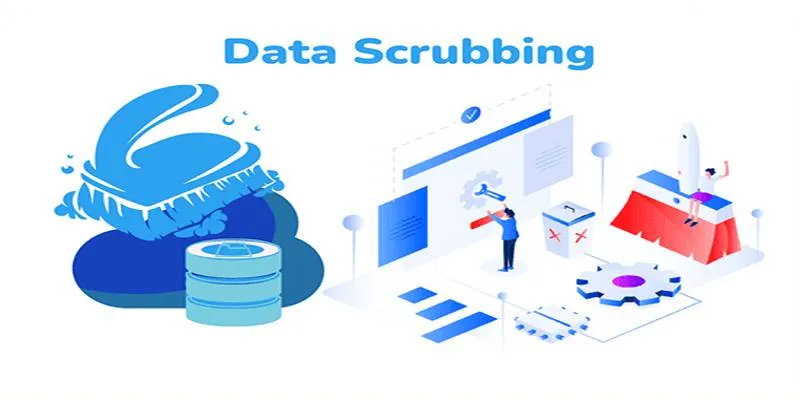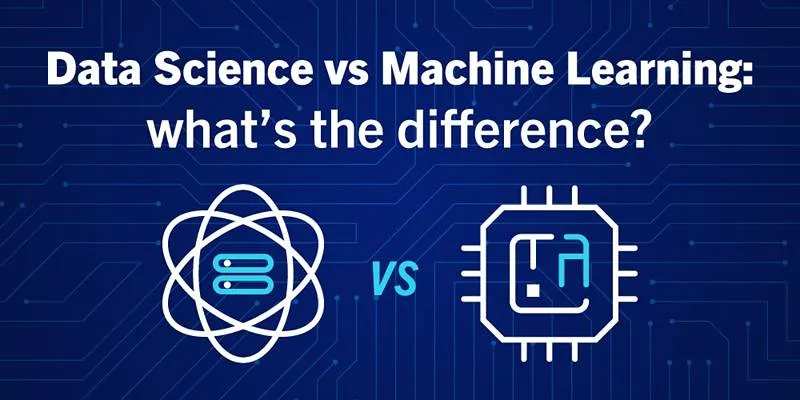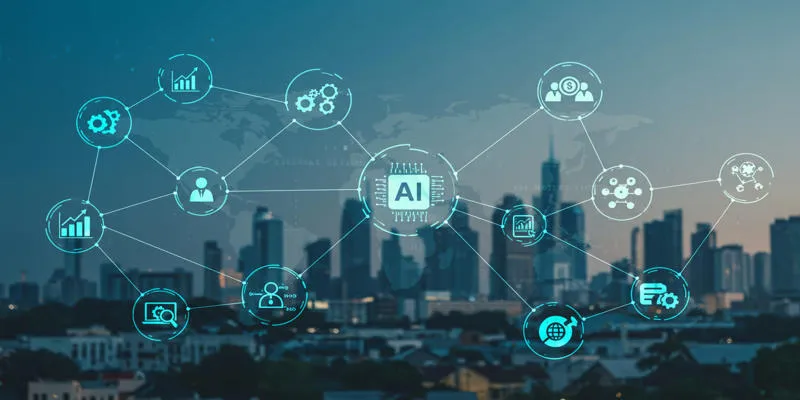The Future of Transportation with AI
The future of transportation is evolving at a rapid pace, driven by technological advancements. Central to this transformation is artificial intelligence (AI), with Databricks AI leading the charge. This powerful tool helps businesses better understand the movement of people and products, enhancing everything from smart vehicles to advanced traffic systems through real-time data, machine learning, and intelligent decision-making.
Databricks AI also improves dependability in public transportation—a reality happening now, not just a dream. By combining data from multiple sources onto a single platform, it ensures quick responses and easy understanding. In this article, we explore how Databricks AI is revolutionizing transportation, focusing on key areas where it adds tremendous value.

Improving Traffic Management with AI
Large cities often face severe traffic congestion, leading to delays, fuel waste, and increased stress. Databricks AI addresses these issues by utilizing large datasets collected from road cameras, GPS signals, and traffic light sensors. Through real-time data analysis, the system identifies patterns and can predict traffic congestion before it occurs. This allows city planners to adjust traffic lights or suggest alternative routes, reducing waiting times and keeping vehicles moving smoothly.
Improved routes during peak hours also benefit emergency services, making traffic more manageable and reducing human error. These systems can even preempt problems and continuously learn from past data, helping cities design safer, more seamless roadways and alleviating daily frustrations for drivers and pedestrians alike.
Smarter Public Transportation
Public transit is vital yet often plagued by delays and confusion. Databricks AI harnesses real-time data to tackle these challenges by monitoring buses, trains, and trams live. If issues arise, the system can alter routes or schedules, minimizing passenger wait times and maintaining service continuity. By analyzing historical travel data and rider trends, agencies can optimize vehicle deployment and route planning.
Real-time updates on schedule changes or delays further assist travelers. AI also aids in predicting maintenance needs, allowing for timely repairs and avoiding significant disruptions. Efficient systems reduce energy consumption and costs, ultimately providing faster and better service to passengers.
Autonomous Vehicles and Predictive Data
The rise of self-driving vehicles, reliant on precise and rapid data, highlights the critical role of Databricks AI. By processing vast amounts of data from cameras, radar, GPS, and sensors, autonomous vehicles can make instant decisions, such as when to stop, turn, or avoid obstacles. Deep learning on the platform progressively enhances these decisions, making the car smarter with every mile driven.
Companies use Databricks to test virtual self-driving vehicles, experiencing various conditions safely before hitting the roads. Each test enhances the AI platform, improving vehicle responses. This technology benefits trucks, cars, and delivery vans, with autonomous trucks capable of traveling long distances at night, saving time and costs.
Better Fleet Management
Managing vehicle fleets manually can be daunting. Databricks AI simplifies this process using real-time data to monitor fuel consumption, driver behavior, and vehicle condition. The system alerts managers to issues like low tire pressure or engine problems, preventing major breakdowns and enabling swift resolutions. AI also analyzes traffic to determine the fastest, most fuel-efficient routes, reducing emissions and saving money.
Live dashboards displaying vehicle locations and performance allow fleet managers to make informed decisions quickly. Recording driving habits, such as speeding or harsh braking, helps cultivate safer drivers. Businesses with service vans, taxis, or delivery vehicles gain the most, improving customer service and reducing downtime.

Enhancing Safety and Accident Prevention
Safety is paramount in transportation, and Databricks AI significantly reduces accidents before they happen. By analyzing crash reports and traffic data, AI identifies high-risk areas, allowing cities to redesign dangerous roads. AI can also alert drivers to sudden traffic jams or severe weather, and monitor driver behavior to prevent fatigue-related incidents.
Using simulations created from real data, AI aids in driver training, leading to better decision-making on the road and fewer accidents. Databricks AI is invaluable across vehicles, buses, trucks, and municipal systems, keeping everyone—drivers, cyclists, and pedestrians—safer.
Supporting Green Transportation
Transportation contributes significantly to pollution and greenhouse gas emissions. Databricks AI supports green transportation initiatives by helping cities plan to reduce traffic and fuel consumption. For instance, it can guide electric vehicles (EVs) to the nearest charging stations and predict charging demand to avoid outages. AI facilitates the transition of public transportation to electric buses, cutting pollution.
The platform identifies optimal routes for renewable energy vehicles and maximizes solar and wind energy use. By monitoring fuel consumption and offering reduction strategies, businesses can save money and decrease their carbon footprint. Databricks AI also minimizes idle time, further reducing emissions.
Conclusion
Databricks AI is reshaping global transportation by bolstering smart public transport, enhancing traffic flow, and improving vehicle safety through real-time data. It addresses everyday challenges like fleet management, breakdown prediction, and emission control, while promoting cleaner energy and autonomous driving. These advancements lead to greener, safer, and faster travel, benefiting commuters, businesses, cities, and individuals. As technology evolves, Databricks AI will continue to exemplify innovation, supporting the development of reliable, sustainable, and efficient transportation systems.
 zfn9
zfn9






















